Save the Lizards
Lizards are reptiles from the order Squamata found across the globe, except in polar regions. With approximately 7,000 known species, they range in size from just a few centimetres to over three metres in length. Lizards exhibit a fascinating variety of forms: some are quadrupedal, while others are limbless, resembling snakes. Certain species have wing-like appendages, neck membranes that flare to deter predators, or even the ability to shoot blood from their eyes. Some are venomous. Their diets are equally diverse, including insects, birds, mammals, fish, and other reptiles. A few, such as green iguanas (Iguana iguana), are herbivorous.
A notable trait in many lizards, particularly geckos, is autotomy—the ability to shed and regrow their tails as a defence mechanism.
Challenges Facing Lizards
Lizards face numerous threats. Human conflict is a major issue: lizards often prey on eggs, poultry, and small livestock, leading to hostility. They are frequently killed with tools, firearms, or stones. Additionally, many species are hunted for their skin or captured for the exotic pet trade. Popular pet species, such as geckos, monitor lizards, bearded dragons, and iguanas, are often trafficked illegally.
Habitat loss and prey scarcity are significant problems, compounded by invasive species such as domestic cats. Small lizards, often just a few centimetres in size, are especially vulnerable to predation.
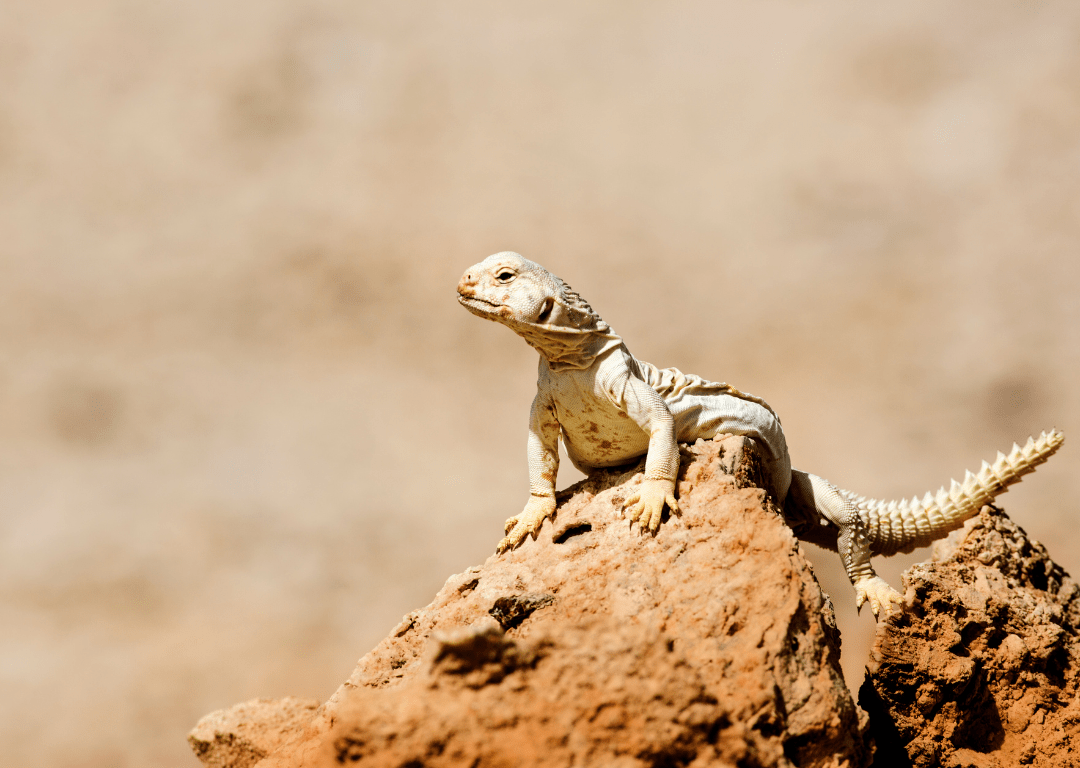
Environmental Importance
Lizards play a crucial role in controlling prey populations, including urban pests like rats and mice. They are also vital prey for birds, mammals, and other reptiles. A decline in lizard populations could disrupt ecosystems, leading to decreases in species such as foxes, coyotes, eagles, and jaguarundi.
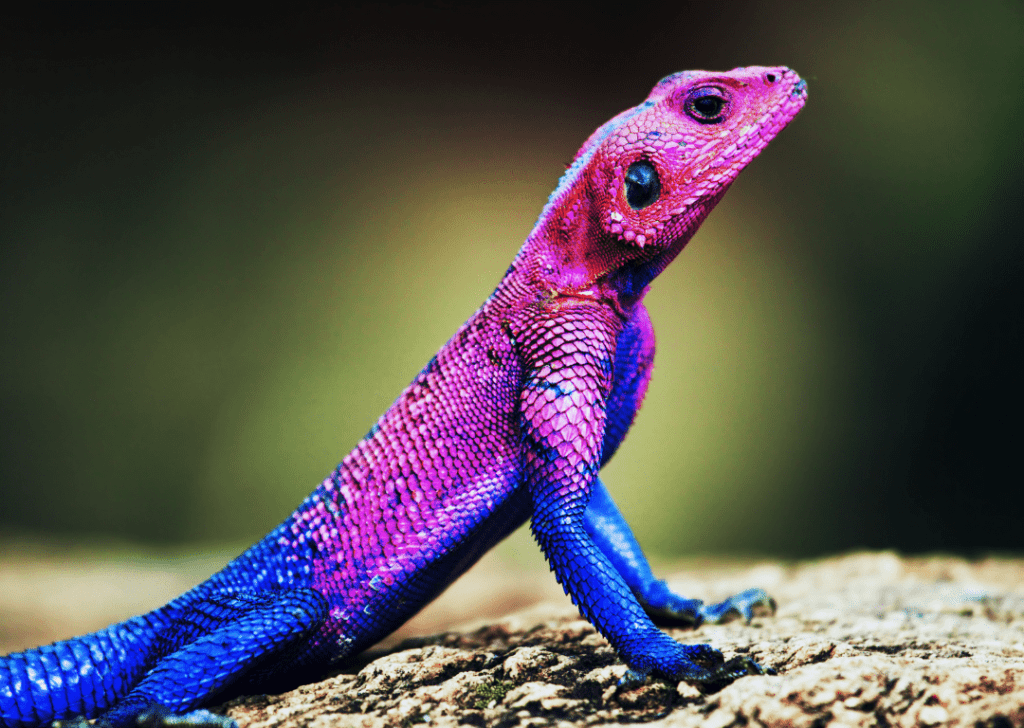
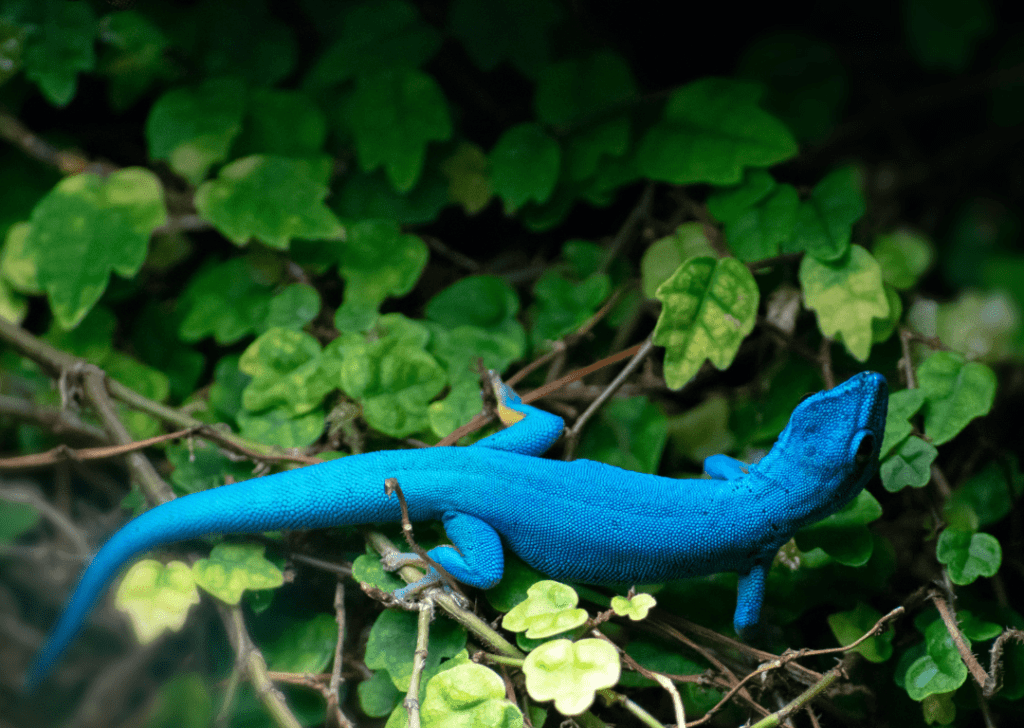
Solutions
To protect lizards, it is essential to understand their ecological importance. In cases of human-lizard conflict, secure enclosures for poultry can prevent not only lizard intrusions but also deter rodents and small mammals. This reduces risks to livestock and minimises the spread of pathogens.
The Italian Wall Lizard (Podarcis siculus coeruleus)
This lizard, endemic to the Faraglioni di Capri in Italy, is a symbol of the region. It inhabits the rocky terrain of Capri and is distinct from its mainland relatives due to its vibrant blue colouring, thought to reflect the island’s crystalline waters.
The Italian wall lizard is known for its aggressive nature, rapid sexual development, and unique behaviours. Its striking blue hue is attributed to Insular Reverse Syndrome, a phenomenon where isolated populations develop traits distinct from their continental counterparts.
Challenges
The Italian wall lizard’s restricted habitat makes it highly susceptible to environmental changes. Shifts in prey availability or temperature fluctuations could have devastating effects on its population.
Environmental Impact
As a top predator in its ecosystem, the decline of the Italian wall lizard would disrupt the ecological balance of the Faraglioni di Capri. The loss of this species would also mean losing valuable opportunities for scientific discovery.
Conservation Efforts
Protecting this species requires supporting research into its biology, reproduction, and behaviour. Locals and tourists alike must prioritise the preservation of the Faraglioni di Capri.
World Sustainability Foundation Initiatives
The World Sustainability Foundation collaborates with the Istituto di Gestione della Fauna, a research organisation dedicated to studying evolutionary processes in mammals, reptiles, and birds. This includes the Italian wall lizard, which plays a vital role in environmental education and university programmes.
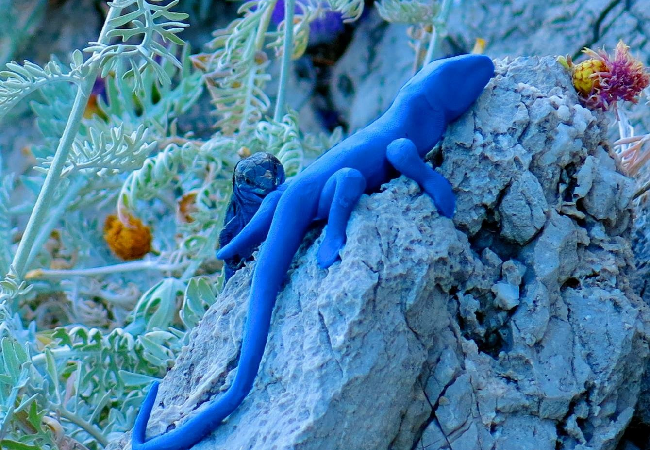
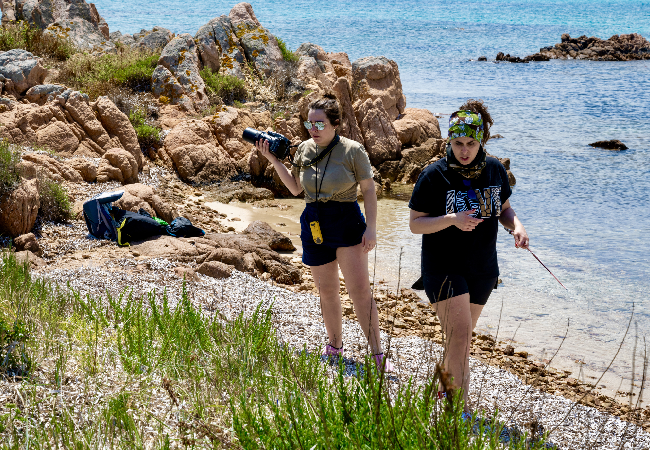
Reference
Podarcis siculus, in The Reptile Database, Hamburg Zoological Museum.
https://ilbolive.unipd.it/it/news/lucertola-azzurra-capri-sottospecie-ammirare





